An overview of recent developments in the global automotive industry
The news from the biggest automotive market in the world is extremely discouraging. According to the Chinese automotive association CPCA, the sales curve has plunged to just 4,900 units sold in the first half of February 2020, as opposed to almost 60,000 units in the same time period last year.

Coronavirus fears, shrinking line-ups, but also bold plans – all part of a month’s worth of developments from the global automotive industry.
The news from the biggest automotive market in the world is extremely discouraging. According to the Chinese automotive association CPCA, the sales curve has plunged to just 4,900 units sold in the first half of February 2020, as opposed to almost 60,000 units in the same time period last year.
This extreme drop, due to the Coronavirus epidemic, comes after two years of declining sales. China’s collapsing sales present a massive challenge to the numerous carmakers who rely on revenues from the world’s largest automotive market. Moreover, the shutdown of Chinese production sites threatens to halt manufacturing plants globally, as many carmakers rely on parts from China.
If the epidemic is contained soon, the impact may be possible to absorb. The Chinese government is pondering incentives to jump-start the automotive economy. But the intense focus on China is due for a re-evaluation.
Still, the country and its economy should not be underestimated. China could still move to becoming a driver of cutting-edge technology. This pertains to infotainment and telematics systems, where the country often has an edge over established markets and economies, but it also includes powertrain solutions. It’s well known that China is a driver for electric vehicles, but, in fact, their market share falls far short of expectations – battery electrics and plug-in hybrids combined hover around the 5% mark.
And so China has decided to focus on internal combustion engines as well. Insiders tell me that the work done on the petrol engine at Chinese universities exceeds the R&D being done in the western world. But, at present, everything is possible – including the Chinese market coming to a grinding halt.
Shrinking automotive line-ups
The mad rush towards electrification is leaving traditional carmakers cash-strapped, and we are therefore witnessing a brutal thinning out of portfolios. Among the cars we will see disappear are some of the most attractive ones. Take Mercedes-Benz – the S-Class Coupe and Cabriolet will disappear entirely, and so will the C-Class Coupe and Cabriolet. Only the E-Class Coupe and Cabriolet have a future, but they likely won’t be available with a V8. Every V12 model will go away too, with the sole exception of the next-gen Mercedes-Maybach S-Class.
We are not particularly unhappy to see the BMW 3 Series GT and the 6 Series GT disappear, but we wish the company would come around to making an X7 M. Such a model was seriously considered, especially for the US market, but ultimately killed.
Audi and VW are intensely focusing on electrification. And, thus, the 240-horsepower Passat TDI got the axe and the VR-6 engine will soon disappear too. Audi was looking forward to building a successor of the awesome S1, but a lack of support from Volkswagen killed the project. A production-ready, twin-turbocharged W12 was yanked at the last second, and now I’m hoping that at least the awesome V8 TDI will survive.
Cadillac has its share of unbuilt heroes as well. The incredibly powerful Blackwing engine, a twin-turbocharged 4.2-liter V8 has been axed, and with it a number of potentially exciting models.
Hyundai’s plans are bold
Meanwhile, the Hyundai Group is stepping on the gas with a Shooting Brake version of the Genesis G70, slated for a launch next year and targeting the European market. A beautiful station wagon version of the Hyundai Sonata, however, is unlikely to make it. It would have been targeted mainly on the European market, but Hyundai Europe has currently opted not to offer the Sonata at all.
Meanwhile, take a good look at the Hyundai Prophecy concept car unveiled at the Geneva motor show. A departure from the brand’s new styling direction, it is a one-off that pays homage to the European supercars of the 1960s. It will go into production as a fully electric premium sedan, an experiment both in technology and styling. It’s great to see a carmaker take a risk like that – especially if it’s in the name of beauty.
Also read - It’s not the end of the road for diesel cars
Modern hypercars are a waste of design and engineering talent
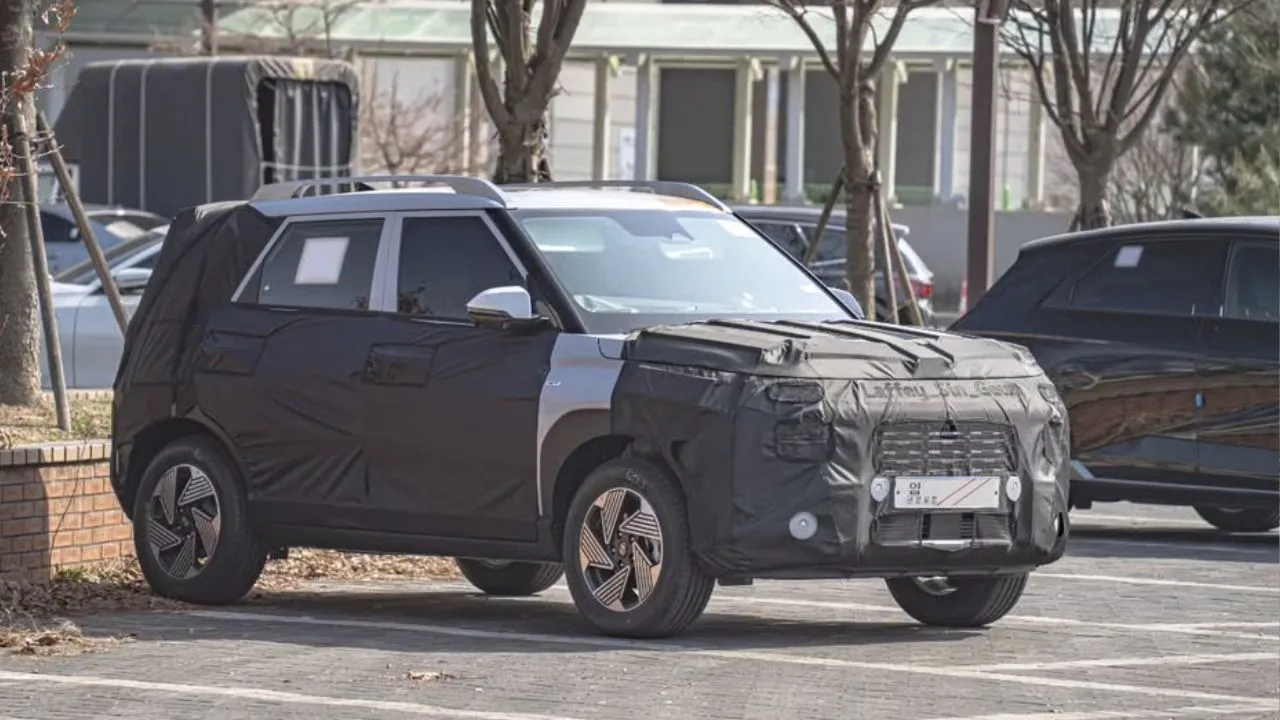


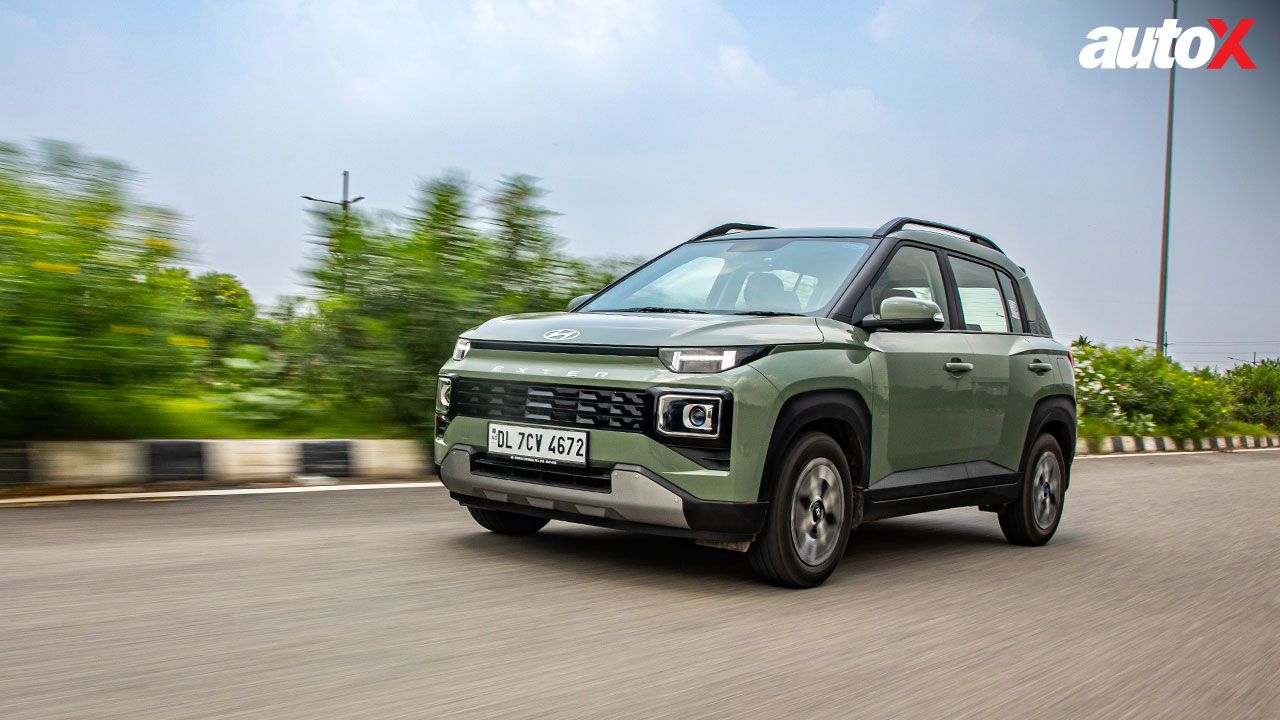
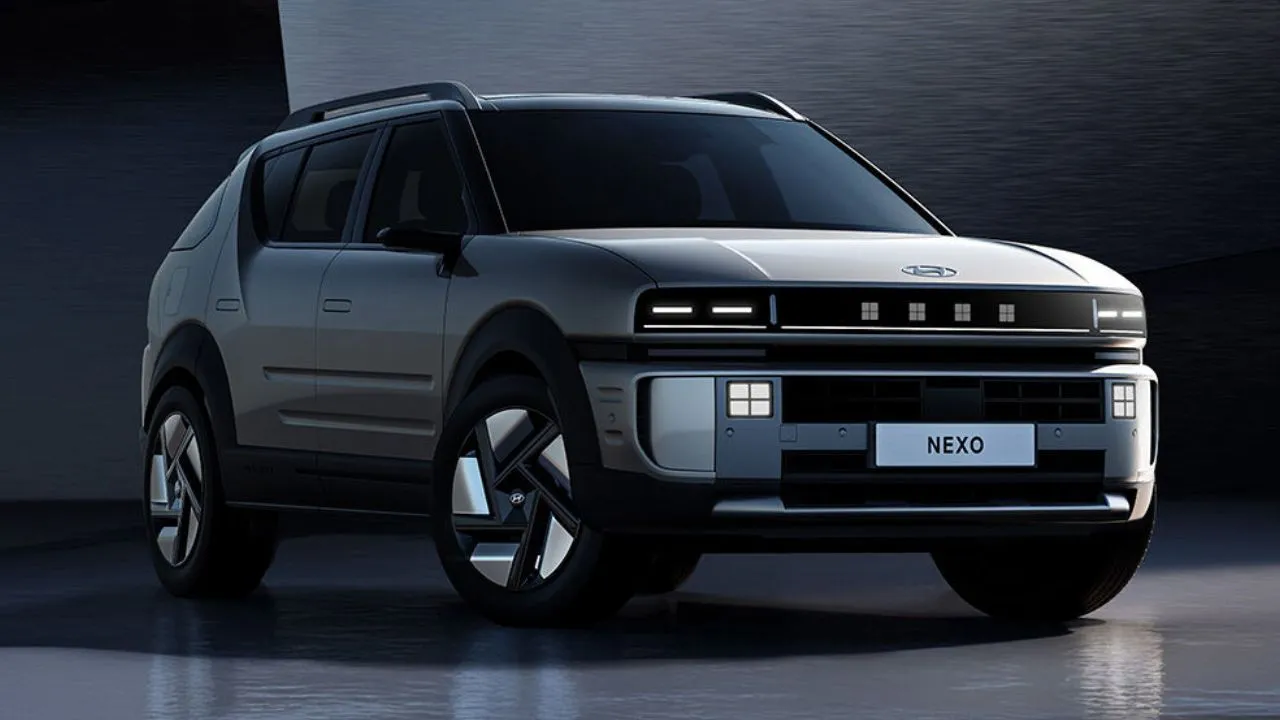
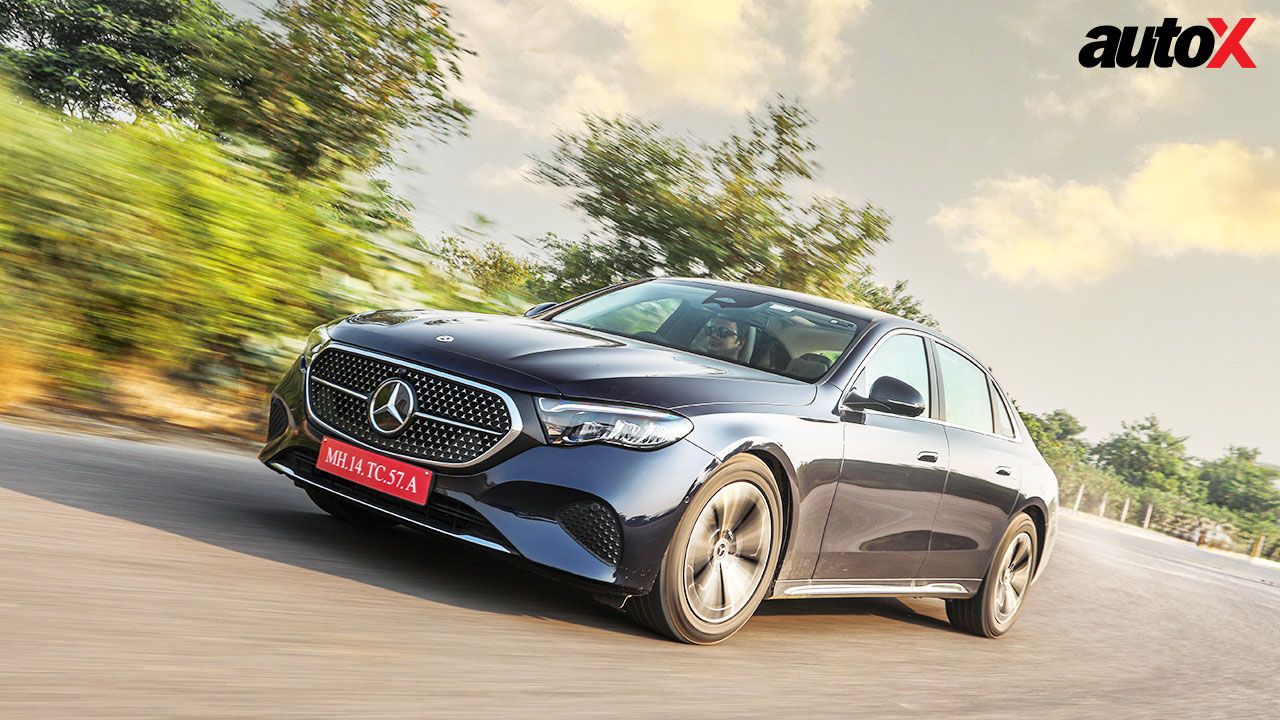
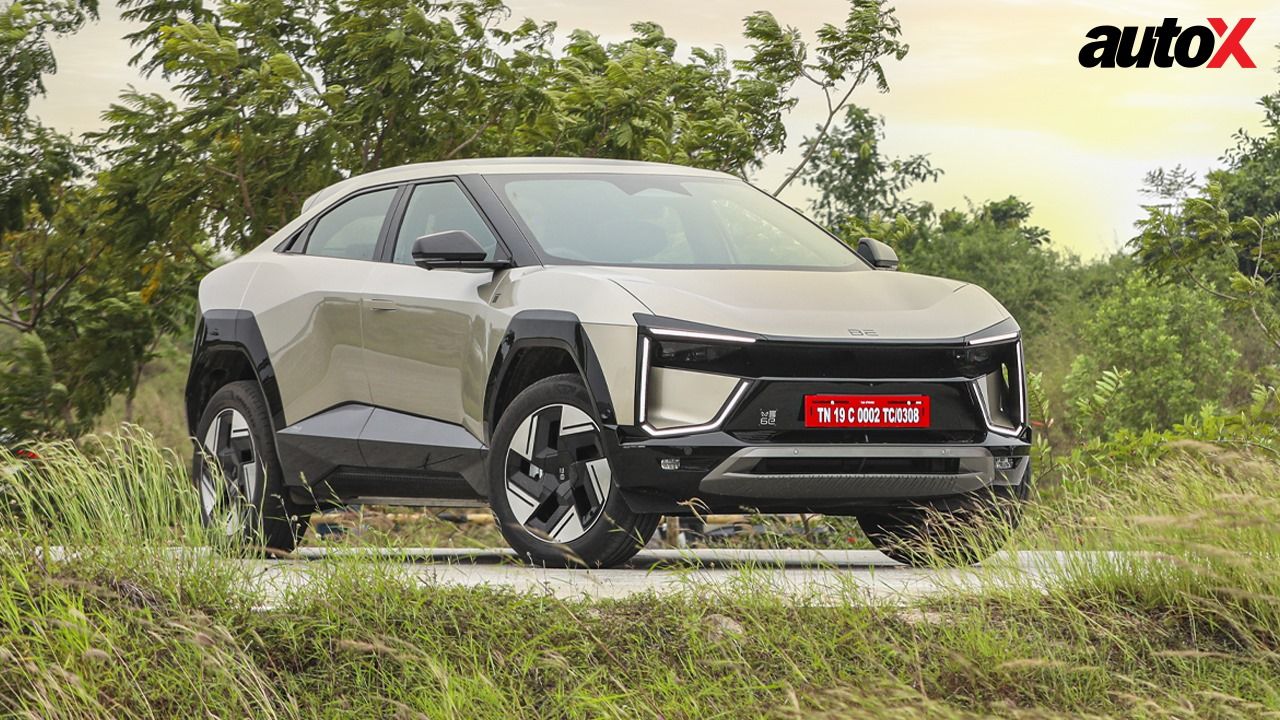

.webp)
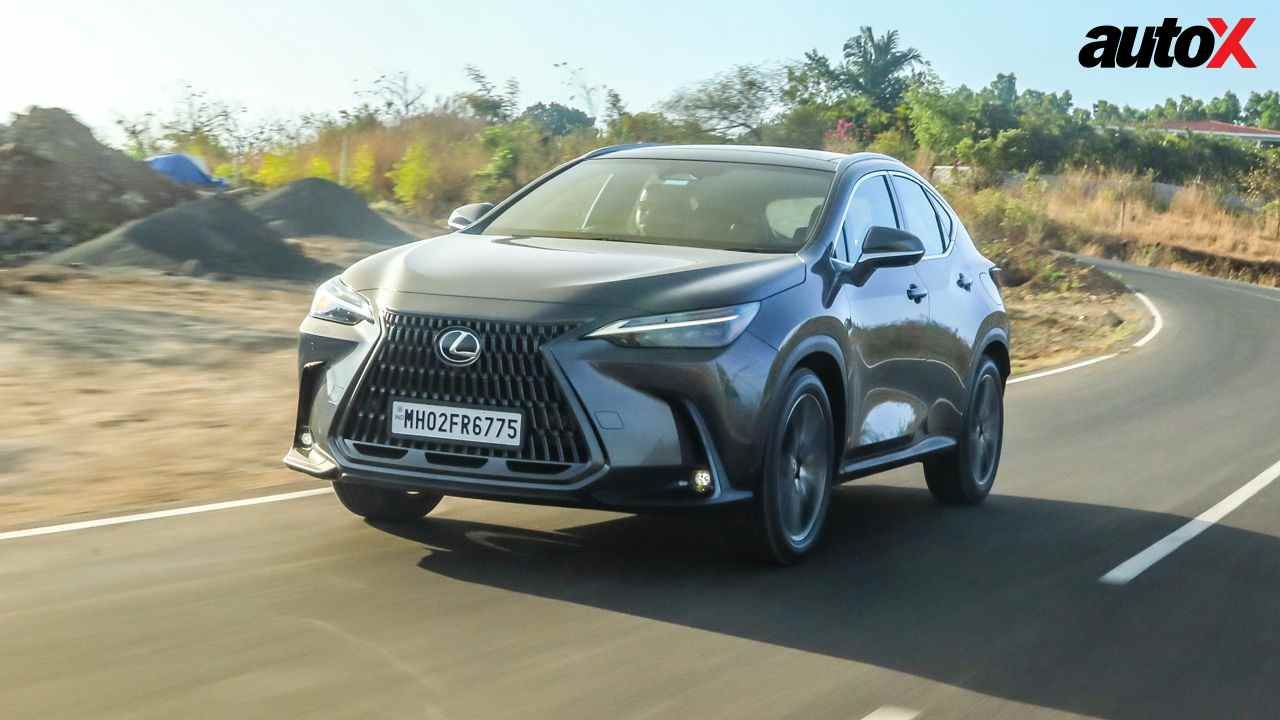
.webp)














Write your Comment on